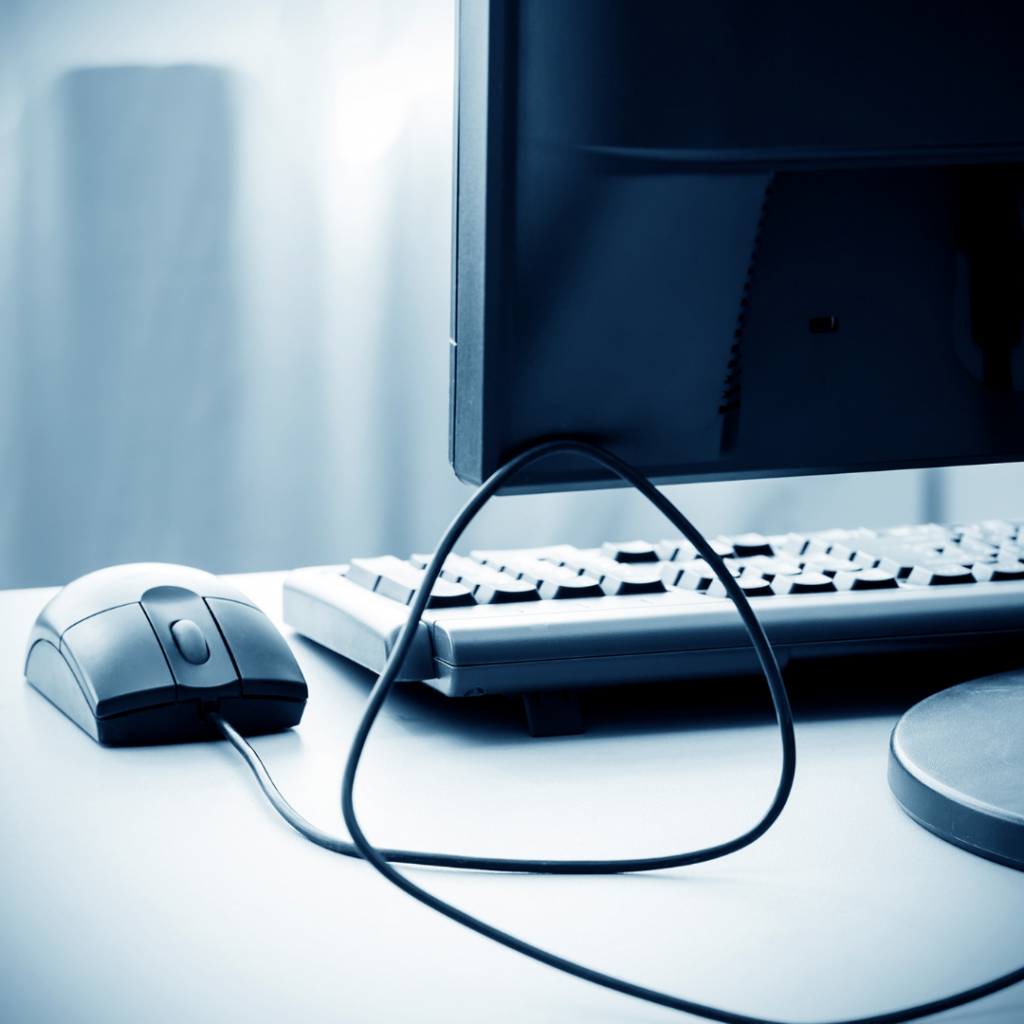
6 Ways to Make Your Windows PC Run Faster
If you’re tired of your computer taking forever to finish even the simplest of tasks, it may be time to upgrade your hardware. For instance, your computer may take eons to complete a data transfer. Moreover, it can also show a message similar to error code 0X800701B1 if there is an insufficient USB 2.0 port.
Remember that you may receive the error if you attempt to copy files or folders from one location on your computer to another. Also, note that this issue can occur when copying files and folders from your computer to an external drive or USB drive, in which case the error message flashed can be similar to “a device that does not exist was specified“.
That said, there are numerous ways to speed up your computer – and you don’t have to spend a lot of cash to get it done. For example, to avoid getting the above-mentioned error message, you can simply connect your hard drive/SSD (that shows the error) to a USB 3.0 port. It can provide the necessary data transfer speed and performance.
In addition to the trick mentioned above, you can discover a wealth of other effective ways to optimize the speed of your Windows PC by tuning into a Tech Podcast similar to Windows Weekly. It can offer in-depth insights into all things Microsoft. However, for immediate results, here are six simple techniques to enhance the performance of your Windows PC without requiring any hardware upgrades.
Run A Fast Startup
Many people spend a lot of time just starting up a PC, especially in the morning on their way to work. How many times have you gotten out of bed, sat down at the computer, and been frustrated by the slow startup process? Most people don’t realize that there are many options for making the startup process faster, but most involve making the computer do less.
Moderate The Start On Launch
Managing your PC from the moment you start up your computer can be a struggle, especially if you have multiple programs meant to be run automatically. They pop up at the wrong times, start at the wrong times, or take over your PC without your permission. Why is that? There is a simple reason for it: Windows computers are set up that way. You’ve probably got a few programs installed on your machine that run automatically when you start your computer, like a media player or a web browser. These programs really don’t need to be running all the time. Besides, they’re not very useful and can be easily disabled. If you’d like to prevent them from running automatically, here are some tips.
Uninstall Programs Not Used
The biggest operating system, Windows, is bloated to the point where it can become a huge hassle to manage. For some users, the Windows update system can be very slow and unresponsive. For others, the space it takes up is just too big. For some users, the start menu is too cluttered. So, what can you do to make Windows run faster? First, you can disable programs that you don’t use. Next, you can uninstall programs that you don’t use. And finally, you can delete programs that you don’t use.
Backup Content To The Cloud
If you have old photos or videos on your computer from years past, you might want to move them to an external hard drive or the cloud. Just getting rid of the files-whether they’re on your hard drive, in the cloud, or both-might be enough to free up space that you don’t need.
Run A Disk Repair
Windows 10 is the latest operating system from Microsoft, and it’s being billed as the most significant update to Windows since Windows 95. But as with every new version of Windows, some updates are more important than others. The new operating system includes a new feature known as the Storage Sense feature, which, among other things, can scan your storage drives to see what is taking up space and recommend you free up space. But, before Windows shows you the Storage Sense menu, it needs to run a quick scan on your drives.
Defrag The Hard Drive
Over time, the size of our files will grow until it takes up all the space on our hard disks. Most of us know what hard disk space is, but do you know what it is used for? The answer is simple: to store data. Your hard disk is a storage device that temporarily holds your computer’s files until you decide to delete them. You can use the Windows Disk Management snap-in (available via Windows Control Panel) to see how much space your hard disk has and how long it will be able to hold additional data.
Most Windows PCs are not fast enough to handle today’s computing needs. Microsoft has made a number of improvements to Windows’ performance over the years, but there’s always room for more. There are a number of free and paid applications designed to help make your computer faster. Even though it may have a few issues, it is a decent operating system for most people. But if you really need your computer to run faster without any lags, or is slow in some tasks, you can still make it run faster.